Traditional local varietals (Olaszrizling, Kékoportó-Portugieser, Kékfrankos) and international varietals (Cabernet Sauvignon, Cabernet Franc and Merlot) are grown as well as experiments with Bakátor, Purcsin, Csóka, Balafánt, and Kékbajor.
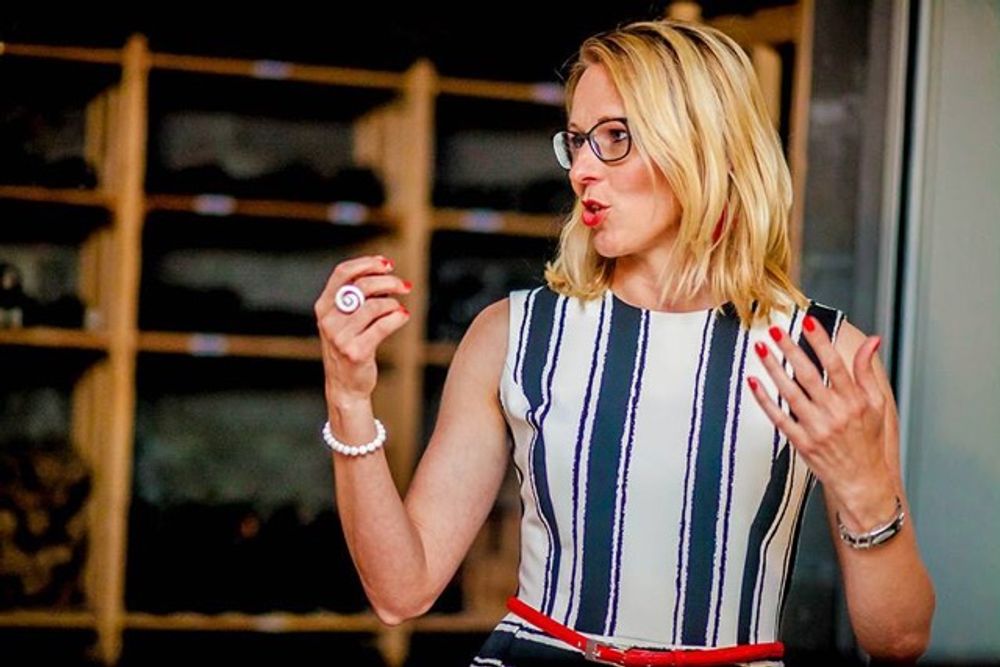
Andrea Gere, owner and winemaker of Gere Attila Winery
Tell us about the history of the Gere winery and your own background
Our winery started seven generations ago and the long journey we had to take was challenging and required hard work. We had to respect traditions but also to experiment which is how the Gere brand became established. By now the size of our family estate has reached 75 hectares and the younger generation also contributes to the day-to-day running of the winery. The aim of the family is to continue handing down and implementing the old Hungarian traditions of grape growing and oenology.
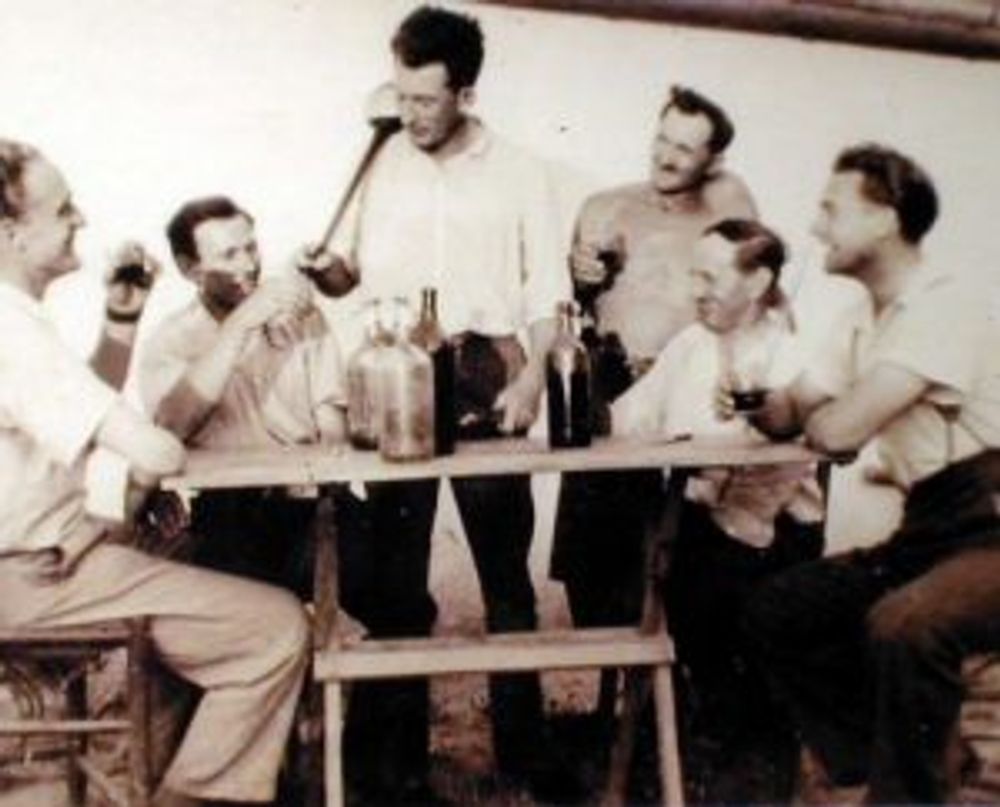
Wine was produced for own consumption until 1986 when the first commercial wine was released
There are seven generations of winemakers on the Gere family tree but continuity was interrupted after the Second World War when farmers’ holdings were taken away and widespread deportations disrupted the handing down of family traditions. This was when Atilla Gere’s father and grandfather were in charge.
Attila Gere chose forestry as his profession but then in 1978 he came into contact with wine for the first time through his father-in-law. It was then that he saw the great potential lying dormant in traditionally-made Villány red wines.
In the same year Attila and his wife Katalin started farming a few acres of vineyard in Csillagvölgy valley after they received them as a wedding present. It wasn’t until 1986 that they produced the first commercially available wine.
Five years later Attila gave up his profession as a forester and established the Gere family enterprise, which is now one of the best known wineries in Hungary. The area under vine has gradually increased over the years with the winery now farming 75 hectares of the best plots in the region.
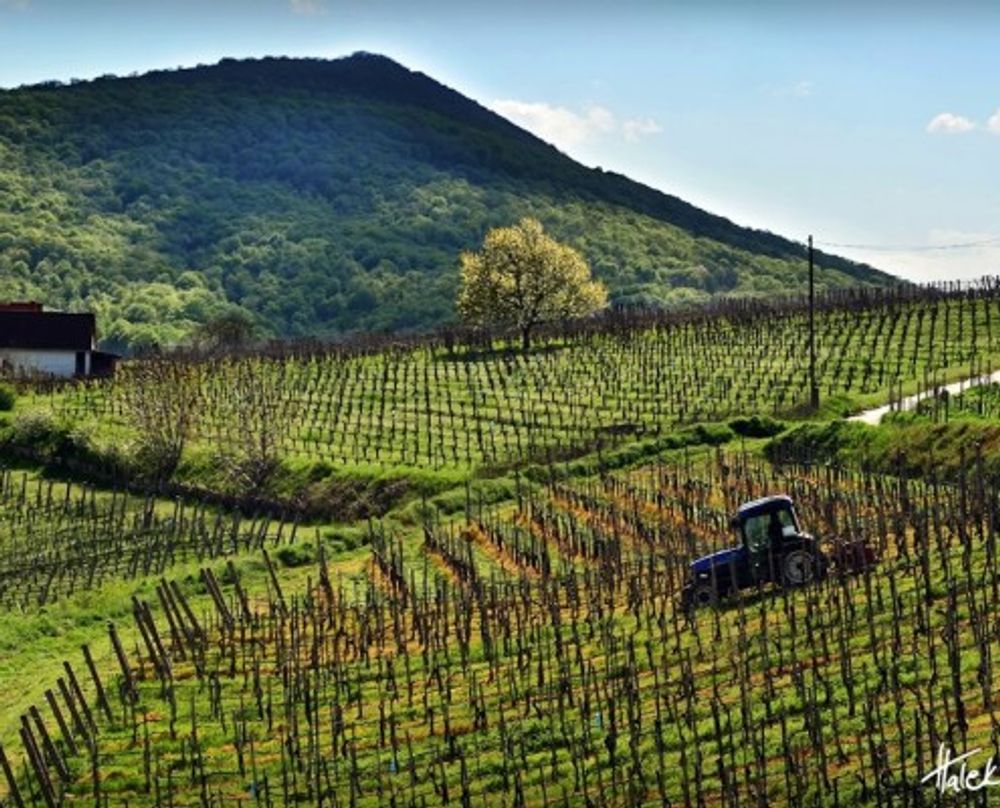
Gere Attila Winery is a family enterprise started in 1991. Owns 75 hectares of vineyard in Villány and is now one of the most important wineries in Hungary.
My parents also opened up the Gere guest house, the first accommodation of its kind in Villány. This was a really bold move because, at the time, wine tourism was hardly heard of either in Villány or anywhere else in Hungary. Then in October 2008 they went even further and opened up the four star wine and wellness Crocus Gere Wine Hotel. This way we managed to match the level of catering to the quality of Gere wines. Its restaurant and wine bar – which can be found in the hotel – offers regional gastronomy.

Attila Gere: investing in Hungary’s wine tourism at an early stage
Attila’s outstanding work was recognised in 1994 when he was named Wine Maker of the Year, then three years later with the 1997 vintage a great dream came true: the first vintage of KOPÁR Cuvée was bottled. By this time the newly planted vines in the best areas of the estate became productive thus making it possible to introduce a great wine.
In 2002 we completed the building of the Gere winery’s new ageing cellar, the technological facilities of which satisfy even the most modern requirements.
What is your average annual production and what grapes do you grow?
Annual producton is circa 500,000 bottles. The main grapes are Olaszrizling, Portugieser, Kékfrankos, Cabernet Franc, Merlot, Cabernet Sauvignon, Syrah, Fekete Járdovány
What is your approach to winemaking and what kinds of wines do you want to make?
We are focusing on wines with harmony, elegance, refinement, complexity and which express the values of our wine region.
What do you think the 2018 vintage is going to be like?
The 2018 vintage is looking very nice now, but it is still too early to predict because we have only just started the harvest and the grapes for the top wines are still on the vines.
Have you changed your production in recent years and the grapes you grow due to exports? If so how?
The quantity was raised a bit because of export, but only a little. We did not change the grapes but we started to work with some old Hungarian grape varieties like Fekete Járdovány. This was not only because of the export markets, but also because of curiosity. We are selling our wines predominantly in Hungary.
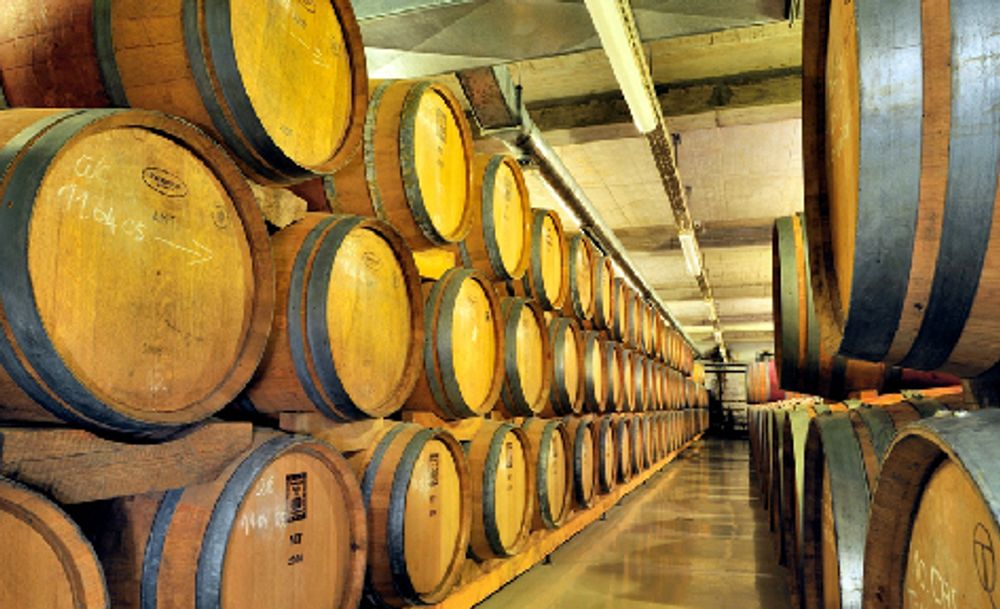
The barrel room at Gere Attila Winery
Where do you sell your wine… key export markets and why?
We sell predominantly on the domestic market. Important export markets for us in Europe are: Belgium (high quality gastronomy, wine collectors), Switzerland (customers searching for quality wines who are open to try new wines) , Slovakia (we have here a very good wholesaler selling to private customers). We do also sell to the US (important and big market) and China (improving market) and Japan (quality-focused customers, refined cuisine).
What are your key price points?
Talking about shelf prices:
Basic wines (fruity style, lighter): €5-11
Medium level (more structure, some single vineyard wines): €12-17
Top wines: €25-45
What perception do you think wine buyers have of Hungarian wine… and do you think that is changing?
Belonging to the former Eastern Bloc countries perhaps some people internationally have this stereotype, do not rate them high in quality, think that these wines should be cheap – we are working on proving these perceptions wrong.
The increase in tourism has certainly helped in changing false beliefs, the key to success is getting them to taste our wines and hear about the history of winemaking in Hungary.
What are you doing to change the views of buyers – enter competitions/tastings/ tours/ trips/ trade fairs?
We do not enter many competitions apart from the International Wine Challenge we started entering in the UK to help persuade the trade about our quality.
As mentioned before, we do tastings (especially blind tastings) which can be the most effective in my view – then the wine talks in the glass, no label, nothing.
This can bring some surprises in the end results.
Tours and trips are also very important, this is the best way to pass on the message of a wine’s region, the people behind the wines and also the philosophy.
I do not believe in trade fairs.
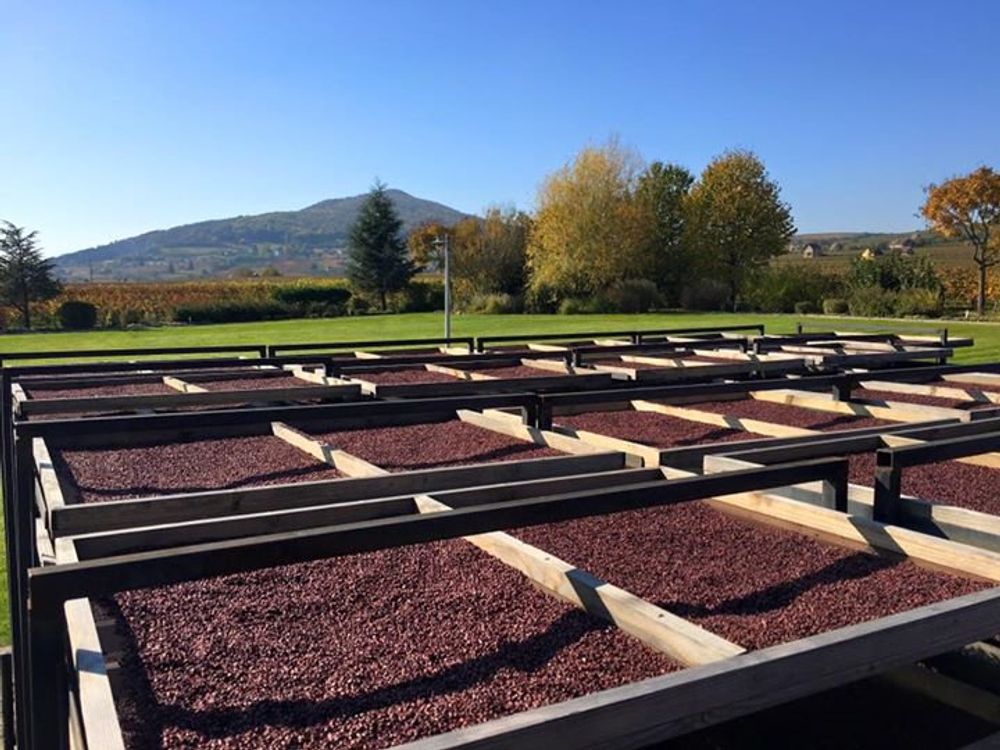
In addition to wine, once fermentation is over, seeds are dried and used for oil and other products.
What do you think are the main benefits of Hungarian wine?
It’s something new that people don’t really know about, with plenty of interesting indigenous varieties. Even the wines made from the international varieties taste different: they are tasty, fruity, spicy and complex. Hungarian wines will not flood the export markets because there is still such a small quantity for export, so it can keep its position as a curiosity.
Did you benefit from a shortage of wine in other countries in 2017 and buyers looking for new sources of wine?
Not really because we sell most of our wines on the domestic market. The Hungarian wines are representing a very small quantity on the export markets and cannot compete in quantity with some big wine producing countries.

The Gere Attila Winery
What are your ambitions for the winery over the next five years?
We would like to stay an innovative winery, true to ourselves and to our philosophy, with a commitment to the highest quality wines and to achieve all this with a respect towards nature.
How are you going to achieve those aims?
We are doing organic cultivation on the whole plantation but we would like to improve ourselves in that topic, maybe by trying some new grape varieties.
How do you see the UK market?
It is a very important and interesting market, but difficult to enter since the whole world wants to sell wine there. The UK is also dominant in terms of gastronomy which is very important for Hungarian wines.










































